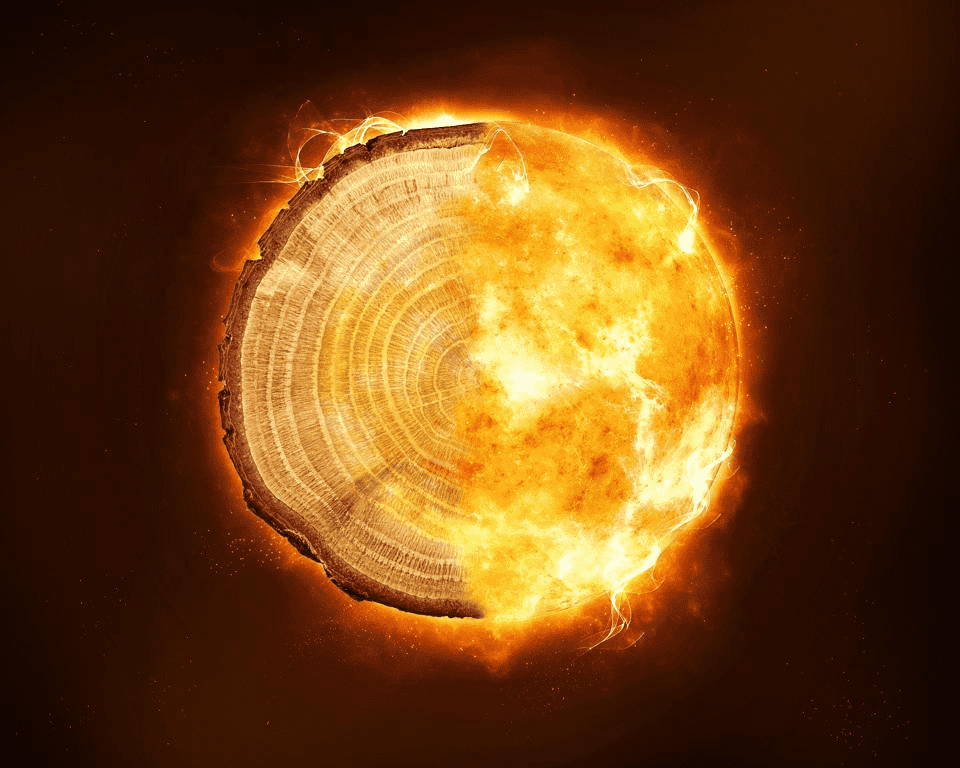According to some astronomers, we might be on the verge of being hit by a cosmic storm. Hence, to uncover this conviction, researchers from the University of Queensland (UQ) conducted a research study in order to predict the occurrence of any such storm in the coming years. Before moving further, you should be aware that in September 1859, an enormous geomagnetic storm, also known as the “Carrington event,” was first observed by two astronomers named Richard C. Carrington and Richard Hodgson and was regarded as the most powerful in human history. Such a storm encapsulates so much power that it would be sufficient to collapse the electrical grids all over the world.

Moreover, as per the findings of some astronomers, there is another disastrous occurrence known as the “Miyake event” that happens every thousand years but is considered as 12 times more powerful and destructive than the Carrington event. Hence, to determine this time duration, the researchers from the University of Queensland (UQ) gathered data from the “tree rings” so that they could anticipate the probability of the Miyake event. This is because such types of events, including solar radiation, leave their marks on the tree rings.
Coupled with this, during any such solar storm activity, the C-14 radioisotope or (carbon-14 isotope) starts increasing in terms of its quantity in the air, water, and living organisms. It also passes through animals and human beings and all other living organisms. Moreover, when it transcends through trees, it leaves its marks on the tree rings and this will serve as proof for future purposes. However, one of the authors of the research paper and an astrophysicist, Dr. Benjamin Pope said, “The leading theory is that they are huge solar flares. We need to know more because if one of these happened today, it would destroy technology including satellites, internet cables, long-distance power lines, and transformers. The effect on global infrastructure would be unimaginable.”


Therefore, the researchers at UQ developed software so that the traces of solar radiation found on the tree rings could be decoded. But the findings of the research revealed that there is only a 1% chance in the next 15-20 years that a solar storm of such an intensity specifically a “Miyake event” could hit us so that’s actually good for humanity. The study, was, however, published in the journal “Proceedings of the Royal Society A: Mathematical Physical and Engineering Sciences”.
To that end, one of the research authors, Qingyuan Zhang said, “We’ve shown they’re not correlated with sunspot activity, and some actually last one or two years. Rather than a single instantaneous explosion or flare, what we may be looking at is a kind of astrophysical ‘storm’ or outburst.” It should be noted that researchers are not sure about the extent of destruction that this Miyake event could cause to the Earth and this, in turn, inculcates the need for further research in this domain so that a credible conclusion can be made.


